According to him, the response of the lending rate of banks and other rates to the policy rate is slow, but “the good news is that eventually the lending rates come down.”
This, he indicated, is dependent on sustaining efforts at lowering inflation and going down on the policy rate.
Dr Addison gave the assurance when he addressed journalists at a news conference in Accra yesterday where he announced a further reduction in the policy rate.
Prime rate cut by 150 basis points
The Bank cut the rate to 21% from 22.5%. The figure represents a 150 basis points reduction and is the third consecutive time that the policy rate has been reduced.
Banks’ lending rate in Ghana was as 38.30 per cent as at April 2017.
Giving reasons why banks could not speedily cut their lending rates, the Governor maintained that average cost of funds for banks was critical in determining whether or not lending rates would come down.
“The banks have long-term deposits for which they are locked in into higher costs so you will not see that quick transmission of the drop in the policy rate in the rate at which they lend until the average cost of funds go down,” he pointed out.
NPLs now at 21.7%
The level of Non-Performing Loans (NPLs), now at 21.7% is suffocating enough to discourage any immediate decision drop lending rates.
According to Dr Addison, “the 21.7% NPLs means that only 80% of the portfolio has to do the work and therefore your ability to drop the rate on the 80% of the portfolio becomes very difficult”.
Banks in debt overhang
He described as crucial the need to salvage the banking sector from the debt overhang, emanating, especially from the energy sector bond, hence government’s preparation to issue the energy sector bond.
Banks are not without their operating costs. They have to pay rent for their premises, pay salaries and for technology.
Explaining further how the policy rate works alongside lending and other rates in the market, the governor said “as you are raising the policy rate, the other interest rates in the market follow but they follow relatively faster but when you are on the decline, when you are going through a disinflation process, the policy rate comes down but the other rates, especially the lending rate does not drop as quickly”.
The BoG cited the declining inflation rate, positive economic outlook as well as increase in economic activities as basis for the reduction in policy rate.
Reacting to the new figure by the central bank, Economist Professor Godfred Bokpin, lauded the move, noting that the reduction should also ease the burden for private businesses to be able to access credit.
Though he had hoped that the figure went down further, Professor Bokpin maintained that the reduction was a positive signal for the market.
“I was expecting a marginal reduction in the policy rate, therefore, I am not surprised with the reduction that we have seen. It has to be a bit gradual and that said, we are still far away from making credit much cheaper to the private sector. So there is still a lot that we have to do,” he stated.
Dr Addison said Ghana’s external position at the end of June 2017 had improved in line with medium-term macro-economic fundamentals.
Higher export receipts
Developments in the trade account over the first half of 2017 reflected higher export receipts, arising from increased production volumes in gold, cocoa and crude oil.
Trade surplus of 3.1 percent of GDP
The recovery in exports combined with declining imports, resulted in an estimated trade surplus of 3.1 percent of GDP, compared with a trade deficit of 3.3 per cent recorded last year.
Current account surplus of $317m for first quarter
Provisional estimates of the balance of payments for the first quarter of 2017 indicated a current account surplus of $317 million (0.7 per cent of GDP), a turnaround from the current account deficit of $577 million (1.4 per cent of GDP) in the same period of 2016.
Capital and financial account
The capital and financial account however recorded a net outflow of $523 million (1.1 per cent of GDP) due to lower official inflows, which offset the current account surplus.
Overall balance of payments deficit of $390m
These developments resulted in a slightly improved overall balance of payments deficit of $390 million (0.8 per cent of GDP) compared with the deficit of $449 million (1.1 per cent of GDP) a year ago.
Foreign exchange market conditions remain stable supported by improved liquidity conditions, the trade surplus and increased reserves.
Cedi depreciation of 3.7 per cent in 6 months
In the year to June 2017, the Ghana cedi recorded a depreciation of 3.7 per cent against the dollar, compared with a depreciation of 3.3 per cent reported in June 2016.
3.4 months of import cover
Gross International Reserves stood at $ 5.9 billion, translating into 3.4 months of import cover at end June 2017, compared with $ 4.9 billion (2.8 months of import cover) at end December 2016.
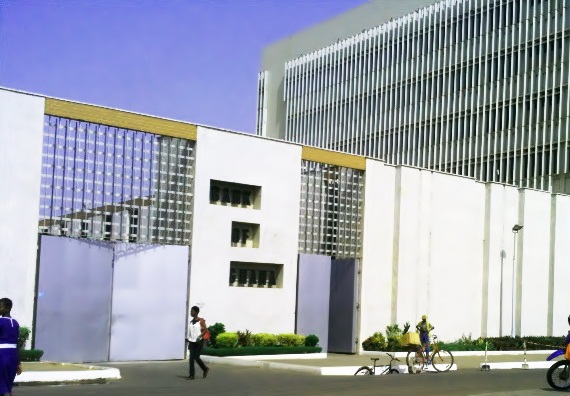
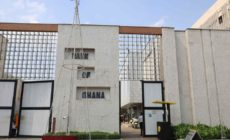
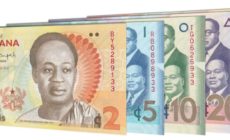
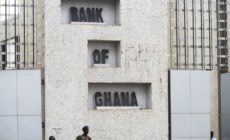
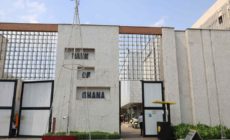






 (Selorm) |
(Selorm) |  (Nana Kwesi)
(Nana Kwesi)